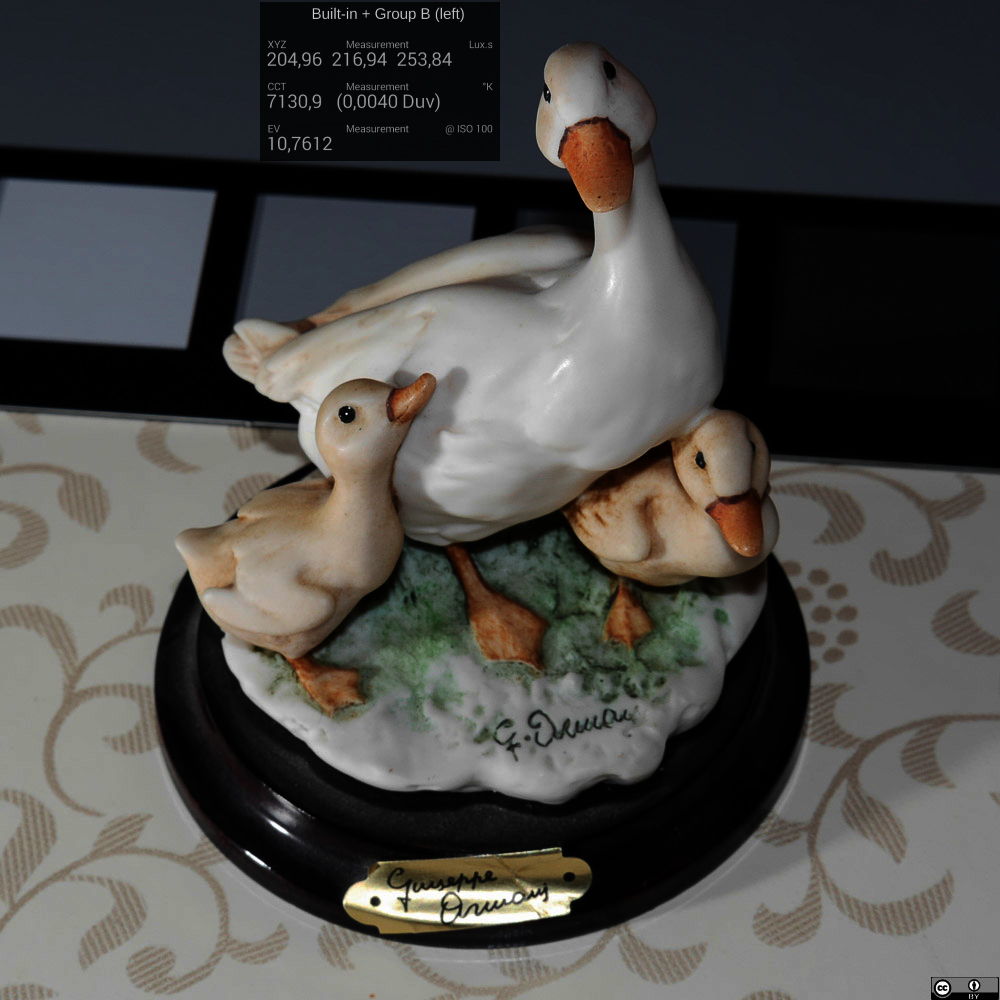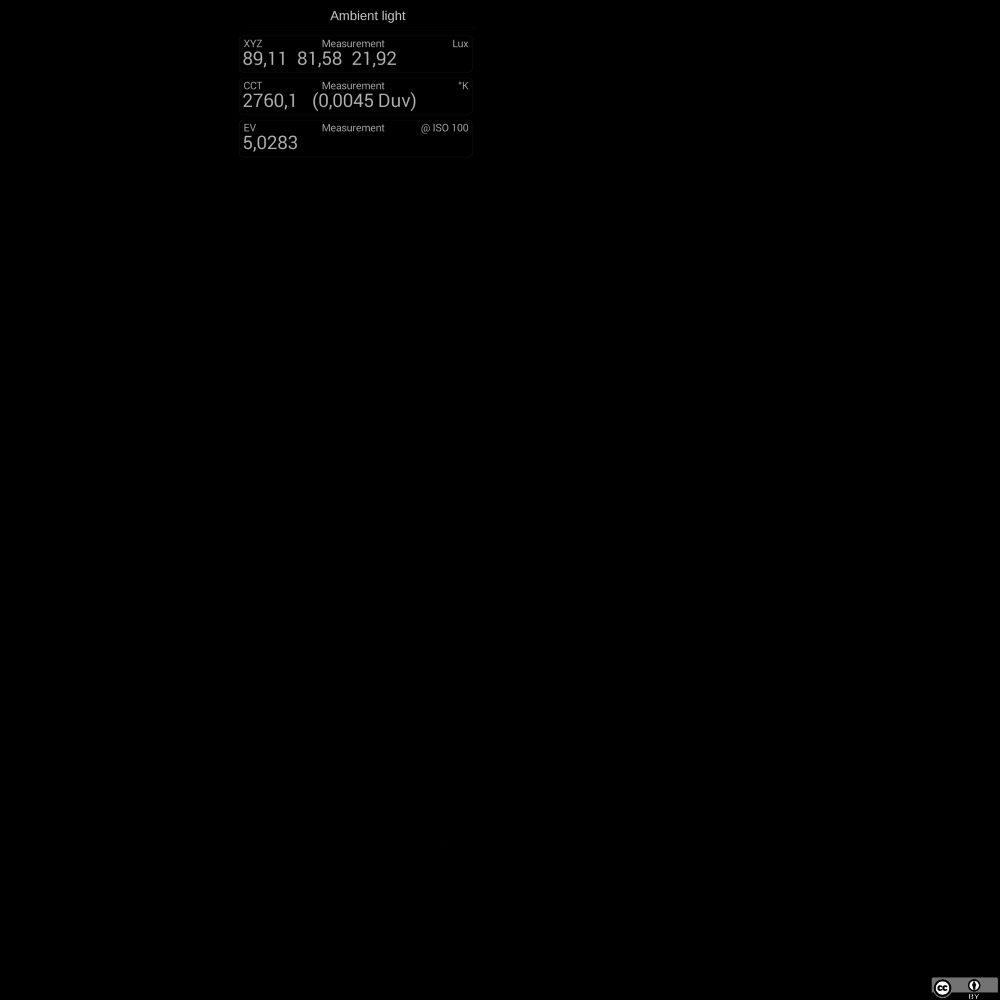The Panasonic Lumix series uses the wireless flash protocol developed by Olympus. The protocol features multiple groups of flash lights than can be controlled individually.
I have a question regarding exposure compensation:
- When using the built-in flash things seem obvious: If I want to flash to be at "-1", the camera probably makes a short "test flash" to estimate the reflected energy,compares it to the ambient light, and then computes the energy for the final flash (I guess).
- Now when I add one external wireless flash, maybe configured with "-2/3", how does the camera know how much energy that flash has to send to contribute "-2/3" to the overall exposure? My only guess is that it also has to fire a test flash at a different time than the built-in flash. And obviously to avoid over-exposure, the built-in flash also has to reduce its energy due to the contribution of the additional flash.
- Eventually when I add a second wireless flash group (for simplicity say just one flash) at "1/3", how does it all work together?
- When making the eventual shot, do all those flashes fire simultaneously, or do they fire in rapid sequence while the shutter is open?
Clarifications
I think I have to add some more details or facts:
First I'm talking about the flash-based "wireless" protocol developed by Olympus (AFAIK) and used by Panasonic. I couldn't really find any details, but my guess it's a kind of serial protocol where bits are indicated by short flashes.
Second I can actually choose between TTL, Auto, Manual, and OFF for each "channel", so I don't believe that the flash is simply set to some fixed reduced ratio.

Test Shots
I made a series of test shots using fixed aperture f=11 and fixed speed 1/60s. To avoid over-exposure in case all the flashes would really add, I set each group to TTL and "-1":

In addition to that I measured the light with a X-Rite ColorMunki. Due to holding the Munki in my hand, there was a slight variation in distance and angle, resulting in inexact readings, most likely.
The test setup was like this:
- Built-in flashlight was in the middle (obviously). Set to "TTL -1".
- Group A flashlight was a Metz 58 AF-2 positioned right of the camera, pointing towards the subject and using wide-angle diffuser. As the distance was short, I put some gaze in front of the reflector to avoid over-exposure. The secondary reflector was disabled. Set to "TTL -1", too.
- Group B flashlight was a Metz 52 AF-1 positioned left of the camera, pointing towards the subject and using wide-angle diffuser. Set to "TTL -1".
The only post-processing I did was to crop the images a bit, rescale them and reduce the JPEG quality (basically just to reduce their size). I also added the flash measurements (See "EV" or "XYZ").
In the background you see a part of the gray card of a DataColor SpyderCheckr24.
First shot was with built-in only:

Second shot was with built-in and group B (left):

Third shot was with built-in, group A (right) and group B (left).

I had the impression that the flashlight fire sequentially.
Finally I made a shot with just the ambient light (in case it would play a role):


